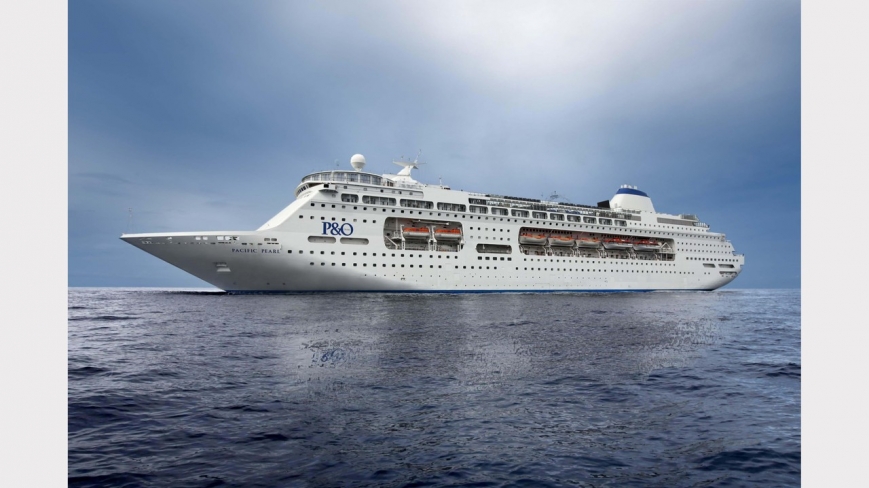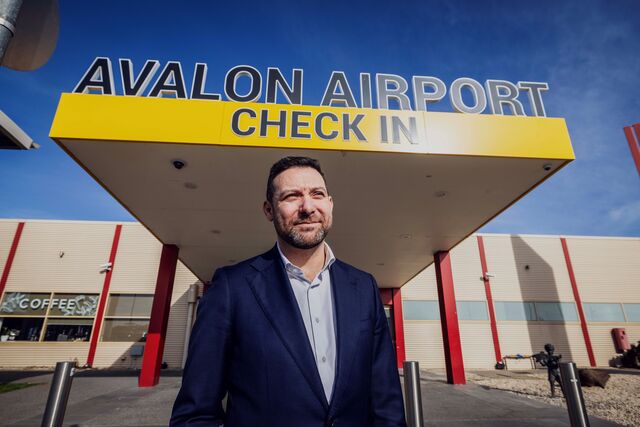In case you hadn’t noticed, cruising is booming. More than 21 million holidaymakers are forecast to set sail this year, according to the Cruise Lines International Association, and Australians are leading the surge.
We’re now the world’s fastest-growing market for holidays afloat. Last year 700,000 eager Aussies headed off onto the seven seas; by 2016 that number is expected to hit a million.
This raises several questions. Chief among them – why? What’s the big attraction of booking a holiday on board a floating amusement park with thousands of strangers? How is it that an industry that seems to be a magnet for bad news – remember last year’s Costa Concordia tragedy in Italy in which 32 passengers died, and the 4200 people adrift aboard the crippled Carnival Triumph in February – can still be the star performer of global tourism?
The answer, according to Carnival Australia CEO Ann Sherry, is word of mouth. Horror headlines apparently count for little against the goodwill spread by cruise converts.
“Even though there have been issues in the last 12 months … that’s not the experience of people cruising here,” says Sherry who, as regional chief of the world’s biggest cruise company, oversees a fleet of six permanent ships in Australia and another four seasonal vessels.
Thanks to Carnival passengers “trusting each other’s word of mouth”, the line has a returning passenger rate of more than 50 per cent and carries about two-thirds of all Australian cruisers on lines such as Cunard, Holland America and Seabourn.
But that success hasn’t come without a lot of hard work on her part.
When Sherry, a former banking executive and government bureaucrat, took the reins at Carnival in 2007, she inherited an industry in turmoil. Cruising’s reputation had been rocked by the death of Dianne Brimble, the Brisbane mother-of-three who died at sea aboard P&O’s Pacific Sky. A lengthy coronial inquest in 2011 found Mrs Brimble had died after being “unknowingly drugged” by fellow passengers.
In a lecture to Griffith University in May, Sherry acknowledged the scale of the task she faced. “To rebuild confidence, it was clear that nothing short of total industry transformation would be acceptable,” she said. “The ‘anything goes’ reputation of cruising had to go. And it has.”
Compounding what Sherry calls cruising’s “reputational issues” was the fact the local fleet was tired, and limited itineraries did little to entice Australians aboard.
She set about getting more investment, newer vessels and opening up destinations. But her priority was “getting rid of the poor behaviour and poor image on P&O ships and changing the customer demographic, changing the product”.
Cracking down on anti-social behaviour was top of the to-do list. Carnival introduced closed-circuit TV, security and responsible service of alcohol guidelines, and it began making examples of passengers who behaved badly. “We take people to bed, we stop them drinking, we block their cards, we shut the bars,” says Sherry. “We are very diligent now in managing the environment for the enjoyment of all. If people are really poorly behaved and don’t shift their behaviour, then we disembark them.”
Sherry also introduced Australians to new brands – such as the 2667-passenger Carnival Spirit, now based permanently in Sydney Harbour – and promoted the diversity of itineraries available. More choice of destinations, ship sizes and types of cruise.
“It was about segmenting the market, getting the right product for the customers, modernising the product,” Sherry says.
Australianising it, too. Carnival realised that what floats the boats of its American and British patrons would not work in Australia.
Food, drinks and entertainment have all been tailored to the local market. Everything from beer to coffee has a local flavour, and dining features more Asian dishes, grass-fed rather than US-style grain-fed beef, and Luke Mangan-branded restaurants on all P&O ships.
“A Luke Mangan restaurant on a ship sends a signal about the sort of product that it is,” Sherry says. Likewise, having food-and-wine cruises where vignerons showcase local vintages attracts a different demographic to “people who once came on board to drink cheap alcohol. You change the product and that then attracts a different group of passengers”.
Another key ingredient in Carnival’s turnaround has been opening new destinations in Australia and regionally. Recent additions to the ports of call include Moreton and Kangaroo islands, Exmouth – gateway to the Ningaloo Reef – Broome and, coming soon, Norfolk Island.
Last month, P&O ventured into the wilds of Papua New Guinea, a stark departure from its usual destinations. The Pacific Dawn sailed out of Brisbane for nine-night adventures calling at Alotau, Milne Bay and the Trobriand Islands. A highlight was local communities banding together at Alotau to stage their canoe festival – “an incredible event”, says Sherry – and exotic tribal handicraft markets.
Closer to home, in another first, Carnival will bring shiploads of passengers to Melbourne for next year’s Australian Open tennis. P&O routinely brings punters into Port Melbourne each November for the Melbourne Cup, but in January it will have three ships here for the annual grand slam.
New experiences, new ships and a new attitude have contributed to cruising’s improved fortunes. “We would not have had the growth if we hadn’t built confidence in the local market,” Sherry says.







